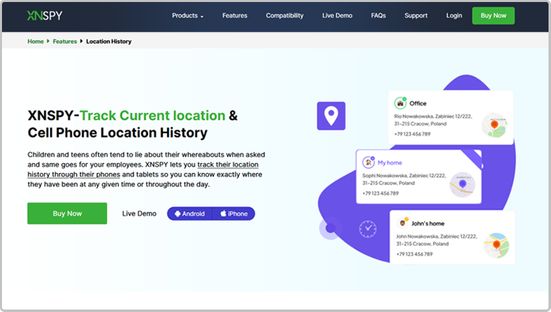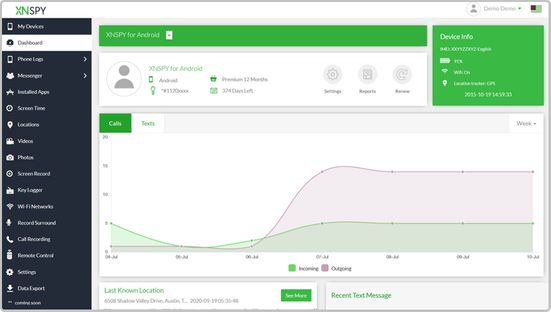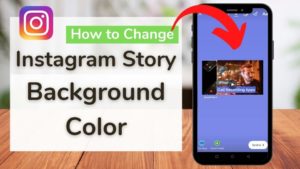The smartphone is the definitive best gadget of the 21st century. It is a device that has evolved both in computing power and necessity over the past decade. This has led many to wonder how we’ve made it this far without its use. Our inherent need for smartphones today can seem daunting for folks still apprehensive of technology, but its utility cannot be denied.
Fast-forward a decade or so after the public unveiling of the first iPhone, and the landscape looks bizarrely different. The average smartphone has more sensors and gizmos than a Swiss chronograph and, famously, more computing power than the astronauts needed on the Apollo 13 missions. A few of these sensors have been game-changers for our everyday lifestyles while others have pushed the envelope for technological advancement altogether.
Take Bluetooth connectivity, for instance. Before the smartphone era or mobile devices, Bluetooth was a novelty used to transfer small files from one device to the next. Today, with Bluetooth 5.2 arriving in flagship phones, multiple device pairing and faster connections are possible.
Bonus: How to Fake a GPS Location on iPhone
Similarly, an onboard Global Positioning System, or GPS, wasn’t even included in early iterations of iPhones and Android devices. Today, with multiple radars and satellite-guided systems onboard, a new era of applications has cropped up. All serve great utility, while some even offer personal security to boot. This will also helps you find Lost iPhone.
A GPS in Every Pocket
GPS devices were only reserved for the adventurous for the longest time. And with the sparing number of satellites on Earth, the usage was limited too. Today, every smartphone user has access to reliable and accurate GPS tracking in their phones, and app developers are finally taking notice of the possibilities they bring.
Maps
The first implementation of GPS was when Google and Apple competed to develop the best global map for consumers. Large prints and map books during road trips quickly fell out of favor, as Google Maps slowly garnered popularity amongst the masses. It was then made into a necessity once travel route management, and traffic information was added to it. Today, Google Maps isn’t just an app preinstalled on every Android phone but has widespread use on websites as store finders and cross implementation into other apps.
Delivery Services
The following implementation came in the form of services. Uber, Lyft, and Curb wouldn’t have existed (or at least not as successfully) had mobile devices shied away from GPS implementation. Drivers are no longer required to know every part of town and can easily rely on Google Maps for turn-by-turn directions. Hailing a taxi is as easy as dropping a pin on your exact GPS location and waiting for it to arrive.
Similarly, food delivery services such as Grubhub, DoorDash, and Uber Eats also rely on simple GPS implementation. These apps use mobile GPS systems to find nearby restaurants and then have food delivered to users quickly.
Monitoring Applications
More than the last two entries, monitoring apps have a lot of possibilities that have yet to be fully realized. Xnspy, Cell Tracker, and Children Tracker are all remote monitoring applications with large-scale deployment that utilize GPS.
These apps are designed to protect individuals and data. They are installed on specific devices and constantly send home GPS data from the target device. The location data is then correlated with a live map that shows the precise location of the device and the person entrusted with it. It is a great leap ahead for parents who want a closer insight into their kids without seeming too intrusive.
The Need for Finding GPS Locations Remotely
Child trafficking and crimes against children are at an all-time high. It is this fact that every parent contests with each time their child is out to play or anywhere that is not the comfort of their homes. The matter further complicates when you factor in cyberbullying and cybercrime rates too.
Tracking apps can then be used to relieve parents of their anxiety and worry when their children are away. These, in turn, can be incredibly useful in keeping accurate track of their whereabouts. While there are specific ways to go about this on iPhones, let’s discuss which apps are fit for the job on all platforms:
1. Google and Apple Maps
Google Maps and Apple Maps have long had the live location sharing feature and are perhaps the most reliable option available to parents. Parents have little to worry about with the superior navigation tools and precise map locations the applications come with. With Google Maps, you have the ability to view locations through different topographical terrain views and have access to the highest number of satellites pin-pointing the exact location. Apple Maps has recently had a 3-D view feature (for the U.S at present) where you can accurately gauge the exact cityscape the person is in.
2. Xnspy
We mentioned Xnspy before and it makes an appearance once more on the list. With Xnspy’s real-time phone location tracking, not only parents but anyone concerned about the whereabouts of their loved ones can keep track of their precise location. The Xnspy application works similar to other remote monitoring apps where data from the target phone is backed up into a secure server, and is then presented onto a dashboard for the user to view. Besides location monitoring, Xnspy also provides the ability to restrict certain parts of the map (geo-fence), and provides regular updates on positional changes too.
3. Uber Live Sharing
Uber has a Follow My Ride option to help curb any offenses against its customers. Riders using the app can have their favorite numbers and contacts saved in the application. These contacts can then have access to the rider’s live drive update. It keeps drivers on their best behavior and, most importantly, children and any teenagers accompanying them safe.
4. WhatsApp Live Location
Perhaps the simplest to implement out of all the above-mentioned options in WhatsApp’s live location feature. It constantly updates the recipient with the user’s GPS location but has one caveat: it can only be used for a maximum of 8 hours at a time.
Xnspy as a GPS Location Monitor
Remote monitoring applications have one massive advantage going for them: that, once they’re set up, they do not require any further tinkering ever again. As long as the application is active on the target phone, Xnspy will continue to report back to the monitor as often as they’d like.
It makes XNSPY’s real-time phone location tracking the perfect tool for parents that require constant updates on their children. And with built-in additional features such as regular location updates and geo-fencing, Xnspy is perhaps the best tool for the job.

Here’s how you can get it set up in no time:
Step 1: Sign up for one of two Xnspy plans. Xnspy has a basic plan that allows for the tracking of one device, and a premium plan which unlocks additional devices. You will then be sent login credentials to the email address you associated with the account.

Step 2: Download and install the Xnspy APK file on the device you wish to monitor.
Step 3: Log in to the Xnspy Dashboard by entering the credentials emailed to you.
Step 4: Click on the “Locations” tab on the left menu pane in the dashboard to access all previously visited locations and any current live ones.

Step 5: Xnspy will continuously update the location information as the target device moves. Previous location history is subsequently saved.
Location Tracking Moving Forward
As phones and applications continue to get smarter by the day, we’ll see more and more services available to people for live location tracking purposes. The implementation and widespread use can already be seen in various popular delivery and taxi apps, and as technology trends often show, they will soon be incorporated into others as well.
While privacy watch groups may not be the happiest bunch at the thought of this, understanding that live location tracking can have immense benefits is vital. Not only will it successfully mitigate crime rates against women and children, but guarantee a safer and more connected world than ever before.
Plus, location tracking isn’t just a single-use option either: where its utility is only fully realized when human safety is the subject of the question. Something as simple as keeping tabs on your connected devices can also be valuable for most people. Locating a lost phone, smartwatch, or wireless headphones, could all be possible with built-in GPS and live tracking features moving ahead.






I see a great application of a location tracker like Xnspy for my children. They going out constantly worries me. I am just too worried about what children do when they hang out with their friends.
I wonder if XNspy could still track you if your location services are off.
Sharing my location with apps on my phones makes me really uncomfortable. Good thing is that Google has taken care of it, and now, you get to decide how you like to share your location info with these location-based apps.